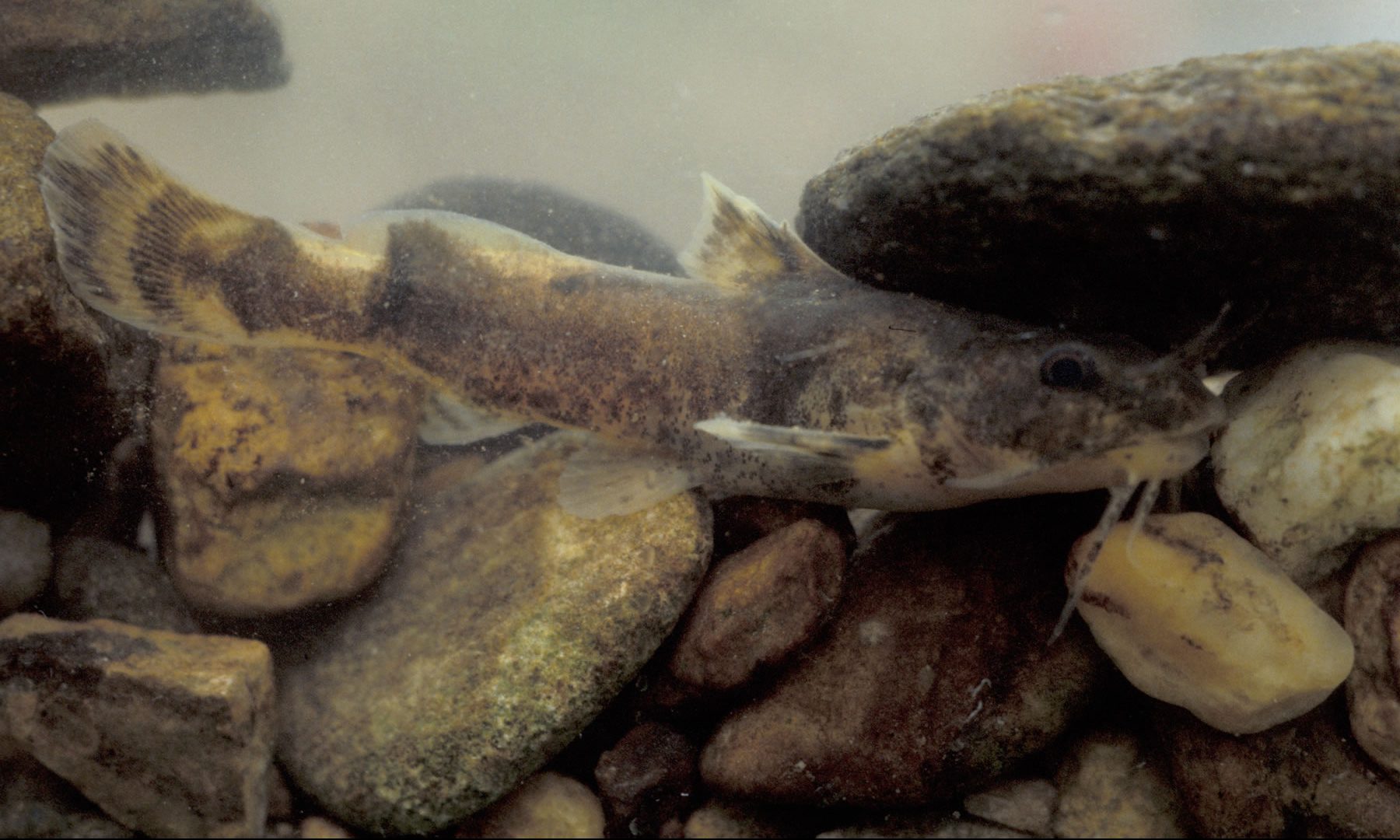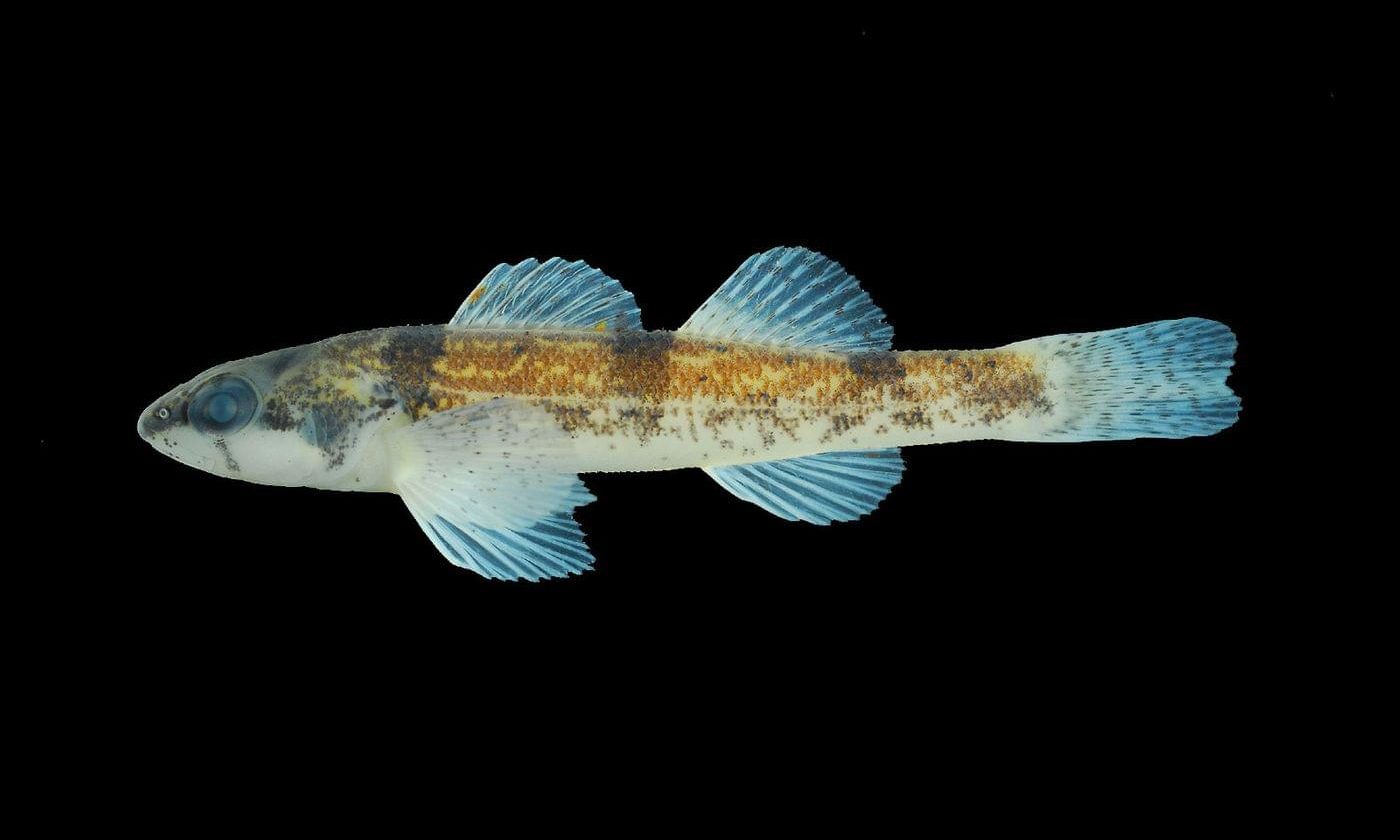By Brandon Moseley
Alabama Political Reporter
The US Fish and Wildlife Service (USFWS) announced that the ultralight led whooping cranes have stopped off in Alabama on their way to their wintering grounds in Florida.
Five whooping cranes soared into Walker County on Tuesday. These juvenile birds are following Operation Migration’s ultralight aircraft. The birds were scheduled to stop over in Chilton County but took an early break due to choppy wind conditions. Their previous stopover was 177 miles to the north in Carroll County Texas.
The five cranes left the White River Marsh State Wildlife Area in Green Lake County, Wisconsin on September 28.
Operation Migration Inc. CEO Joe Duff said, “Compared to the last few years, the ultralight-led migration is making good time. Other than one stretch of bad weather in northern Illinois we’ve made good progress, so perhaps the earlier start date this year has paid off. We’re encouraged that at the current pace we will return to the pre-Christmas finish time of earlier migrations.”
The birds will eventually winter in St. Marks National Wildlife Refuge in the Florida panhandle. They have traveled 746 of the 1,101 miles to their destination. The pilots of the ultralights wear crane suits to keep the birds from bonding with people.
In addition to the five juveniles that are following the two ultralights, another six were released with adult cranes at Horicon National Wildlife Refuge in Dodge County Wisconsin.
All the juvenile whooping cranes that take part in the ultralight and DAR reintroductions were hatched at the U.S. Geological Survey’s Patuxent Wildlife Research Center in Laurel, Md., and at the International Crane Foundation in Baraboo, Wis. The chicks were raised under a strict isolation protocol. To ensure that the birds remain wild, their handlers adhere to a no-talking rule and wear bird costumes (like the two ultralight pilots) to mask their human form.
Last year the ultra-light migration was grounded by the Federal Aeronautic Administration (FAA) in Alabama on their route to Florida. Once the bureaucratic problems were resolved the young birds no longer wanted to follow the ultralights. Those birds wintered in the Wheeler Wildlife Refuge restoring whooping cranes to Alabama for the first time in a century.
Whooping cranes almost went extinct in the 1940s. Today, there are over 600 of the birds. 445 of those birds live in the wild. Most of the migratory population of whooping cranes nest at Wood Buffalo National Park in northern Alberta, Canada and winters at Aransas NWR on the Texas Gulf Coast. Additionally 20 birds lives year-round in the central Florida Kissimmee region and another 17 non-migratory cranes live in southern Louisiana.
The WCEP asks that anybody who encounters a whooping crane in the wild to not approach birds on foot within 200 yards. Don’t get out of your vehicle and don’t bring a vehicle any closer than 100 yards. Do not disturb the birds by speaking loudly enough that the birds can hear you. Also don’t trespass on private property to view or photograph whooping cranes.
The Whooping Crane Eastern Partnership founding members are the International Crane Foundation, Operation Migration, Inc., Wisconsin Department of Natural Resources, U.S. Fish and Wildlife Service, the U.S. Geological Survey’s Patuxent Wildlife Research Center and National Wildlife Health Center, the National Fish and Wildlife Foundation, the Natural Resources Foundation of Wisconsin, and the International Whooping Crane Recovery Team.
To learn more about WCEP visit their website at:
http://www.bringbackthecranes.org
To view these whooping cranes, birders, wildlife enthusiasts, conservationists, and the general public are invited to gather to watch ‘flyovers’ as the ultralight-led flock leaves each stopover location.
For all flyover locations visit:


















































